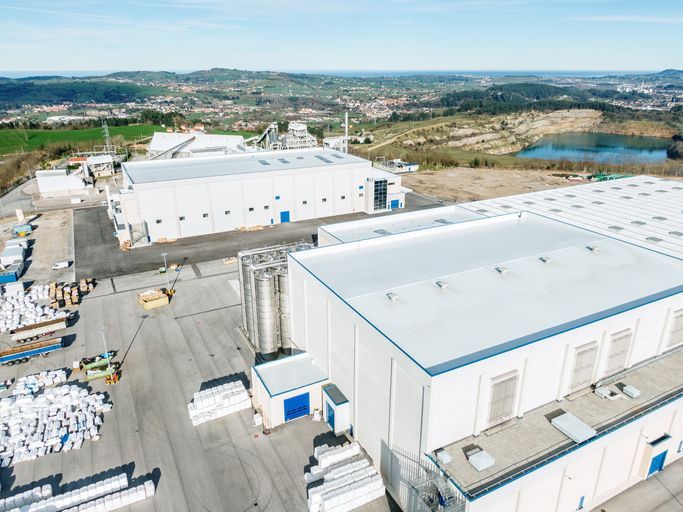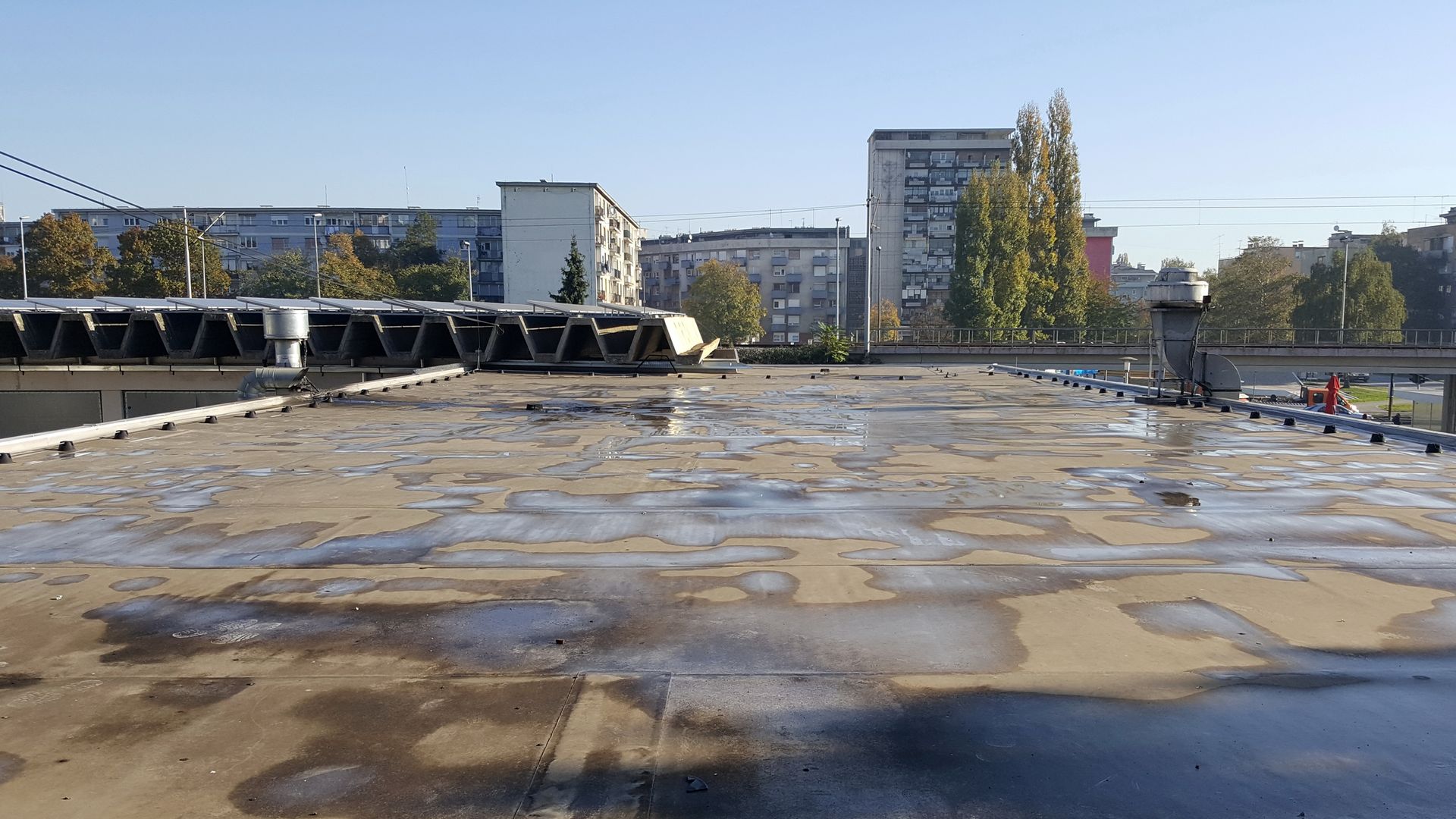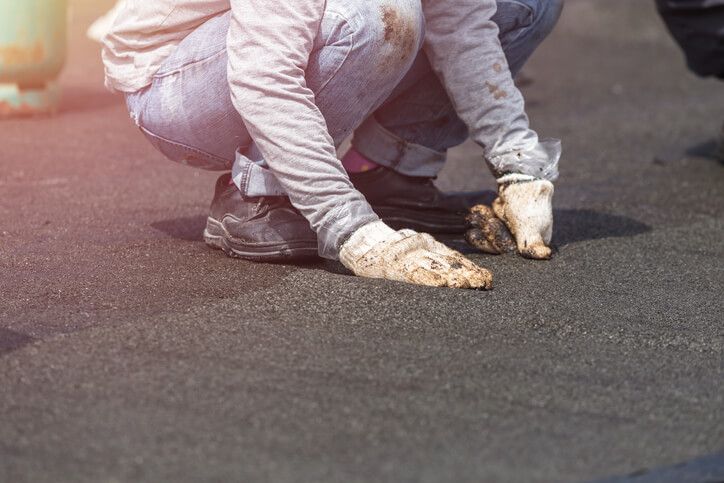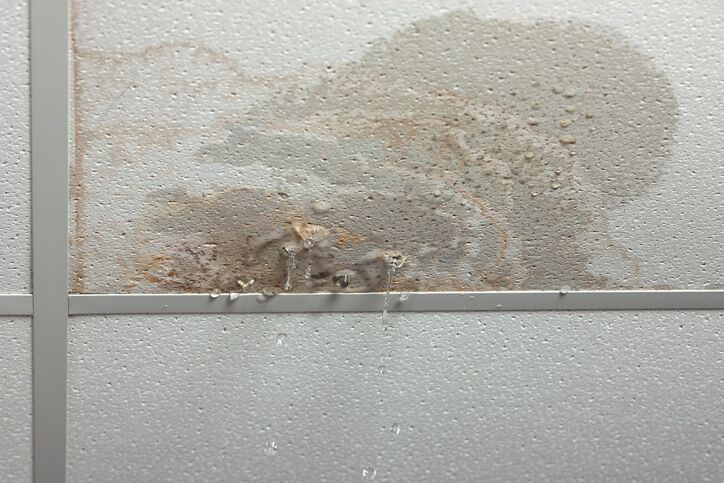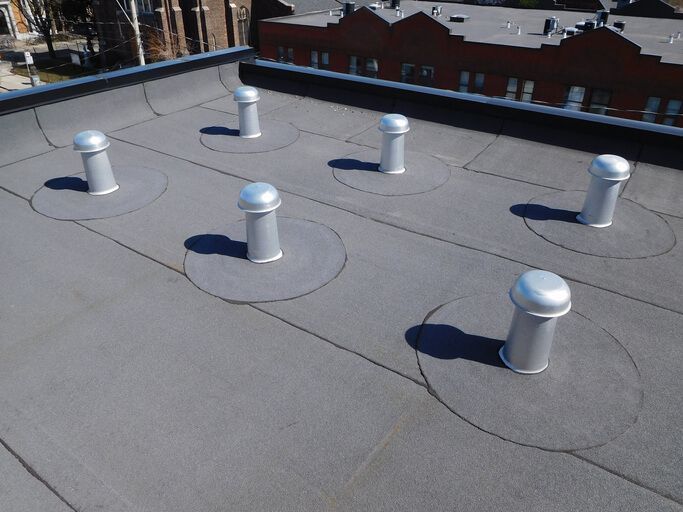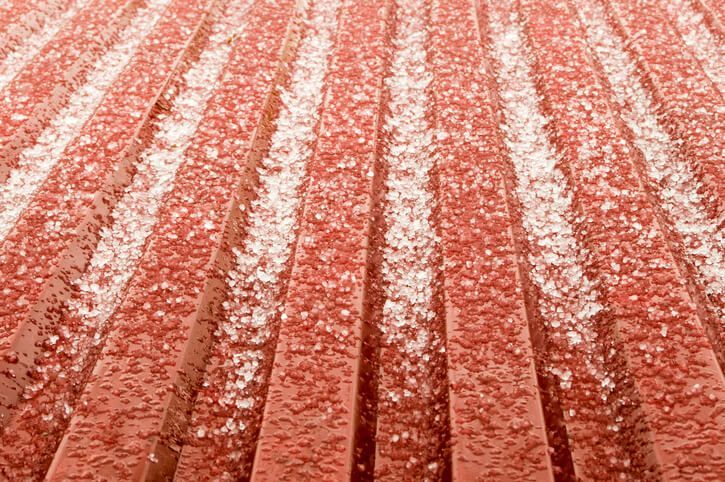What Kind of Roof Should I Get?
Choosing the right type of commercial roofing can be difficult. With so many different options out there, you may be wondering where to start. From rubber roofing and PVC to Bitumen and Foam roofing, there are many different types of commercial roofing out there. At ACR-1.COM Commercial Roofing, we’ve put together a guide about the different roofing types and our recommendation for the best roofing type to invest in.
Rubber Roofing
EPDM is a type of synthetic rubber roofing material that is typically used on low slope buildings. This type of roofing is available in 45-60 mil thick sheets that are lapped and adhered together. This material is typically black, making it more prone to thermal shock. Rubber also absorbs the infrared heat rays of the sun. This can increase your cooling costs. Rubber will also absorb UV rays, which can accelerate deterioration.
This will cause the rubber to shrink, pulling apart at the seams. Since gravel ballast is sometimes laid down for this type of roofing, it can make it difficult, if not impossible, to find and repair leaks in the roof.
Built-up Roofing
A built-up roofing system, also referred to as a hot tar or hot asphalt roof, are sometimes left smooth or are covered with gravel. The built-up roofing system is installed by alternating layers of asphalt or tar with 1-4 piles of felt paper, fiberglass or organic, placed directly over insulation and then covered with a base sheet. Cold-applied built-up roofs are installed using cold-applied asphalt emulsion with piles of fiberglass felts.
Built-up roofs are installed with mops or squeegees, requiring extensive labor, raising the cost. There are also safety risks caused by the heat of the material, as well as hazardous fumes and vapors that are released. If a gravel ballast is added, extra weight will be added to the structure. Without a gravel top layer, the roof can be damaged by UV rays causing the material to become brittle and crack.
SPF or Foam Roofing
Spray Polyurethane Foam (SPF) or Foam roofing is a material that is typically sprayed on the roof as a liquid. It then expands into a foam creating a solid layer on top of the existing roof. With this type of roofing, water can get trapped in the previous substrate, and when the topcoat is not re-coated as needed, it allows water to be absorbed into the foam. This can cause leaking and water damage.
PVC/TPO Roofing
PVC (Poly Vinyl Chloride) and TPO (Thermoplastic Olefin) are thermoplastic products that are either mechanically installed or fully adhered to. These types of roofing systems can shrink over time, which can cause the flashings and seams to come apart. This roofing type can also become brittle over time, which can result in costly repairs or replacement.
Metal Roofing
Metal roofing can be made from copper, aluminum, or steel. For metal roofing, fasteners, crown, and gutter design all play a role in the durability of the roof. While metal roofs feature extended warranties, they do not include leak-through warranties. A metal roof will start showing its age around 20-25 years down the road. Signs of wear include panels becoming loose and fasteners backing out.
Rolled Roofing
Rolled Roofing (90-pound felt) is similar to shingles since it is also an oil-based asphalt product. This is a light-duty type of roofing and is used for temporary. In many cases, this type of roofing is used to supplement other roofing materials as an underlayment and is not the best option for occupied buildings. It is recommended for outbuildings or garages. Its light durability means that it won’t last long and will require frequent repairs and replacement.
Modified Bitumen Roofing
This type of roofing is similar to rolled roofing and comes in sheets that are stuck together with hot asphalt, roof coating, or torching the rolls. Because of this material’s stiffness, it can be difficult to wrap the material securely around vents, pipes, and walls, resulting in seam failure. The darker colors available can absorb the sun’s heat, causing your cooling costs to rise.
Monolithic Roofing System
At ACR-1.COM Commercial Roofing, we offer a monolithic roofing system. This roofing system is seamless, meaning it is one complete piece with no seams. This provides you with many advantages as well as a longer lifespan for your commercial roofing system. This advanced system can be built over most existing roofing systems.
Conventional roofing systems do not provide the superior durability, strength, flexibility that the Advantage Systems Commercial Roofing System provides. This roofing material is 3-4 times thicker than the material used by competitors, providing protection against objects thrown onto or falling onto the roof and provides protection against maintenance damage.
The monolithic roofing system’s flexibility allows the roof to remain flexible to the movement of the roofing structure, preventing damage. The flexibility of this roofing system comes from the self-flashing ability that allows the material to easily form around 90-degree angles and around items. This eliminates the need to cut and glue materials to accommodate the flashings, like with conventional roofing systems, preventing weak points in the roof.
This roofing system can also be coated with highly reflective maintenance coatings including:
- Flexbond White Elastomeric
- Flexbond Chips
- Flexbond Aluminum Coating
These highly reflective coating can help to lower heating and cooling costs, whereas other types of roofing such as modified bitumen roofing can cause your cooling costs to rise.
Looking for a New Commercial Roofing System? ACR-1.COM is Ready to Help!
Contact us today to learn more about how we can provide you with a high-quality commercial roofing system that you can rely on!
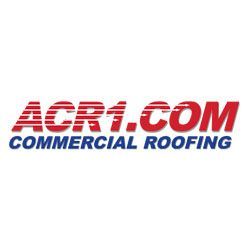
Author:
Floyd Mason
Born and raised in farming in Iowa
Worked in and around construction since 1977
BS in Corporate Finance and Financial & Estate Planning from Brigham Young University. Involved in Boy Scouts of America for more than 35 years, Scoutmaster 15 years Estimator, Project Manager, Sales Representative, Crew Leader, Laborer, Territory Manager, District Manager, Regional Manager, National Sales Manager,
ACR1.COM Sales & Marketing Manager since 2013.
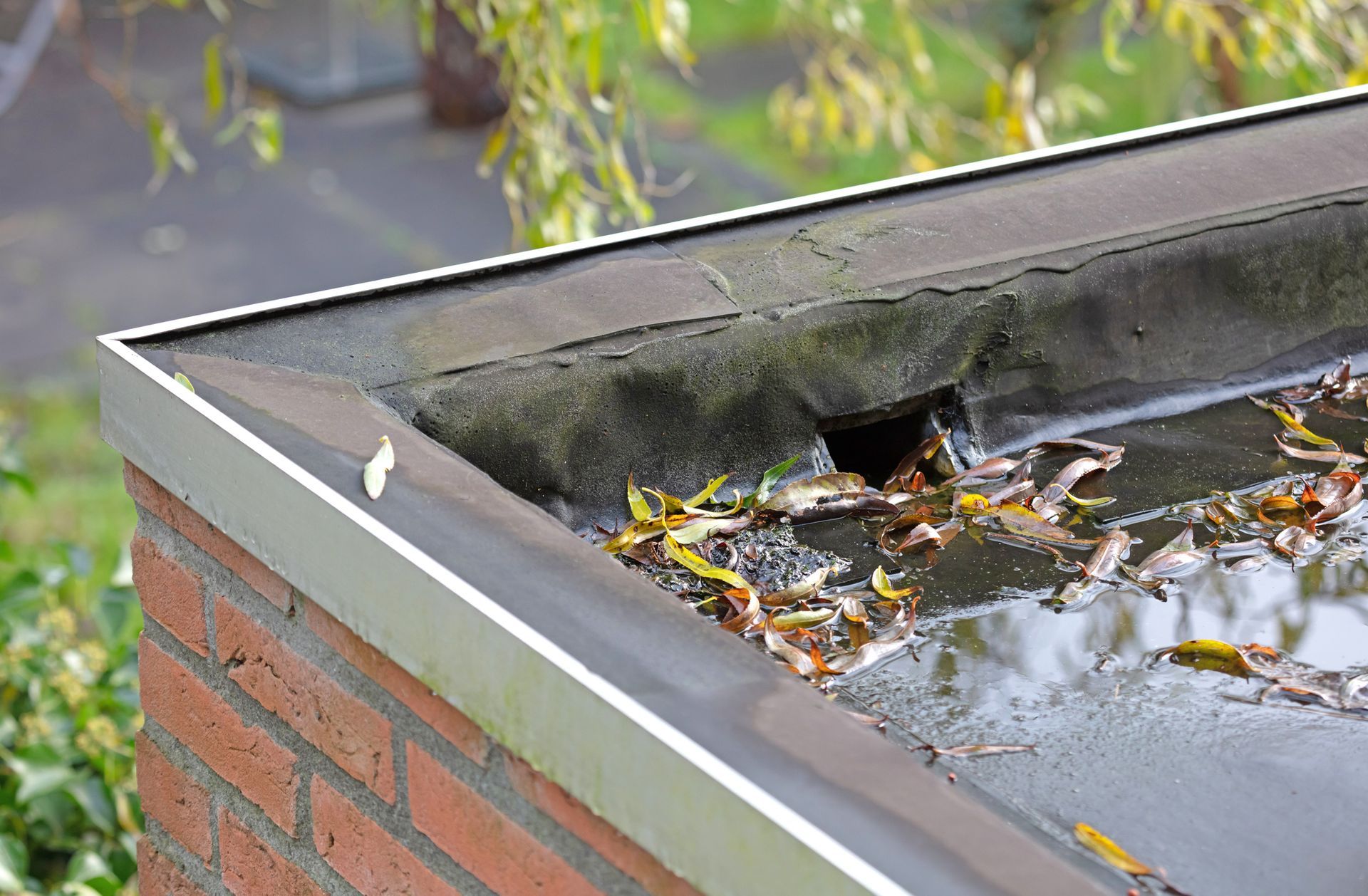
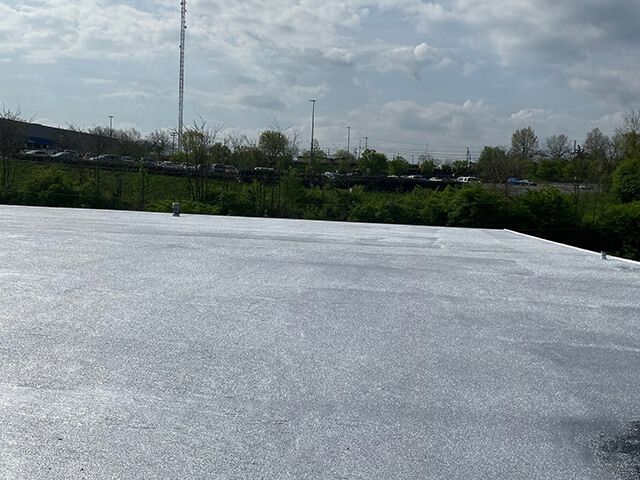
CONTACT US
Leaky roof? Want an estimate or roof inspection for your building? Contact us to schedule your service!
Contact Us
We will get back to you as soon as possible.
Please try again later.
Headquarters:
INDIANA OFFICE
1924 N ELM ST
MUNCIE, IN 47303
(317)820-2418
Quick Links


